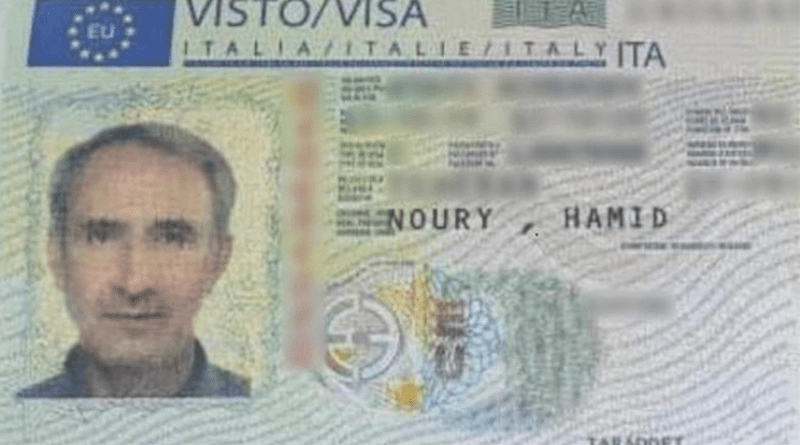Iranian Prisoners Describe Mass Executions In Gohardasht Prison – OpEd
By Hamid Enayat
During the 39th session of the trial of Hamid Noury, more information about the conditions of Iranian prisons during the summer of 1988. Noury is charged with torturing inmates in the Gohardasht prison, as well as taking part in the 1988 massacre of political prisoners. He was apprehended by Swedish authorities in 2019. His victims are giving harrowing testimony about what they experienced, as well as the conditions under which many of their fellow prisoners were killed.
Members of the PMOI/MEK were a principal target of these executions, because of their stance against the oppressive actions of the Iranian regime. Even today, the regime continues to target those who are active or support the PMOI/MEK, whether they live in Iran or outside of it. Mahmoud Royaei, a former political prisoner, shared a harrowing account of the atrocities that he witnessed in Iran’s prisons during that horrific summer, particularly the role Noury played in these executions.
He described how the prisoners were classified, then separated into groups. For instance, the Marxist prisoners were separated and then transferred to another ward. In April of 1988, Royaei was told by another prisoner that once all the classifications had been made, then there would be a purge. That purge began in July, as prisoners were led before a Death Commission, where in a matter of minutes their fates were decided.
“I personally thought that they can’t execute everyone, and it would have a very heavy price for them. I thought that they were only executing the group of prisoners who had been transferred from Mashhad to Gohardasht,” said Royaei during his testimony. He also went on to share how prisoners from Karaj were executed first, because Ebrahim Raisi, the current president of Iran, was the prosecutor of Karaj in 1988. Prisoners who did not disavow the PMOI/MEK would be sent to the gallows.
Prisoners were forced to watch as one group of inmates were hanged before the noose was thrown around their neck. It was just one form of torture in a place where torture was all too common. One witness described being in the courtyard to exercise and having those activities interrupted by guards before he and those with him were beaten with cables, metal rods, and batons. Their experiences in these prisons were meant to mental break them and many ended up destroyed mentally before being hanged.
One prisoner, Hassan Ashrafian, spoke about how after he survived the massacre, he was transferred to a ward that lacked warm water and had hygiene issues. Instead, he was told to thank God that he was alive, because “if we wanted to execute the fatwa of the Imam (Khomeini) completely, we would have to arrest and execute half of the people of Iran.” He also spoke of his own encounters with Noury. Ashrafian also described seeing wheelbarrows filled with ropes for executions.
This testimony echoes what other former prisoners have said throughout this trial. They are speaking out against the regime’s oppressive control and its efforts to silence any opposition, even using murder and crimes against humanity. However, the regime itself has not been held to account.
The trial of Noury is the first one where someone is being charged based on their actions in 1988. It is clear that more must be done to atone for this horrific crime. These were not executions committed by rouge members of the prison system but were clearly sanctioned by the government itself.
As the trial continues, members of the PMOI/MEK continue to protest, drawing attention to the role of various Iranian government officials in the massacre. They are also highlighting how these atrocities continue to occur as the regime focuses on retaining control at the cost of the Iranian people’s freedoms.
Demonstrators are demanding for a larger tribunal that includes other perpetrators and orchestrators of the 1988 massacre, including President Raisi and Supreme Leader Ali Khamenei. It is worth noting that hundreds of former political prisoners are now at Ashraf 3, and many of them were prepared to testify in the Stockholm Court about their experiences. During the trial, there have also been witnesses and family members of victims who continue to speak out to the press about the regime’s crimes against the MEK and other dissidents. The goal is to keep international focus on this crime against humanity.
Legal experts recognize that the events of 1988 were a “genocide” and should be addressed by international tribunals. It is up to the international community to stand with the people of Iran and hold this regime accountable for its actions, not only against its people but also against those individuals throughout the region.

